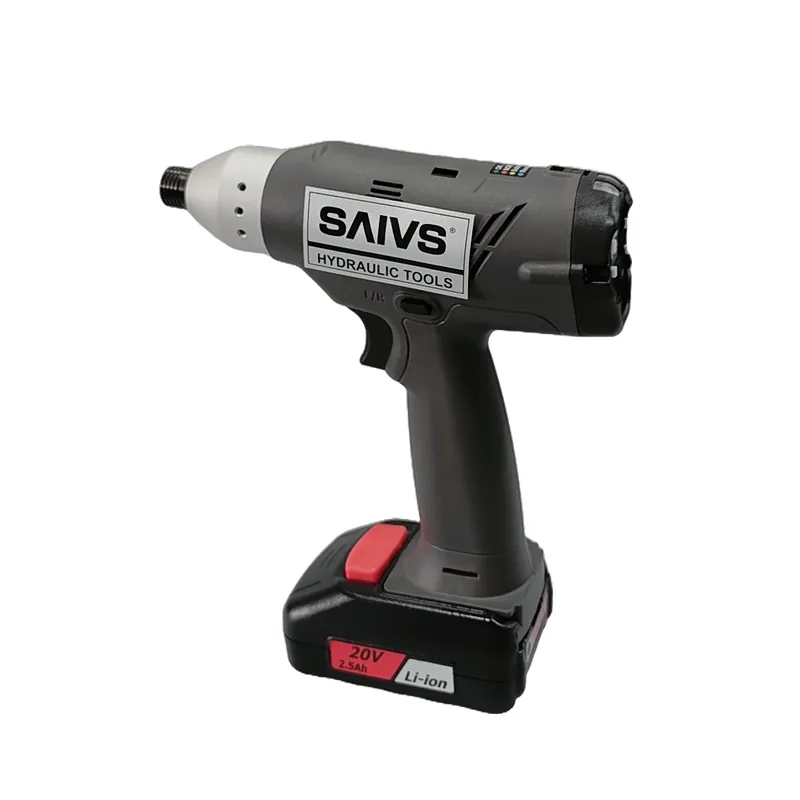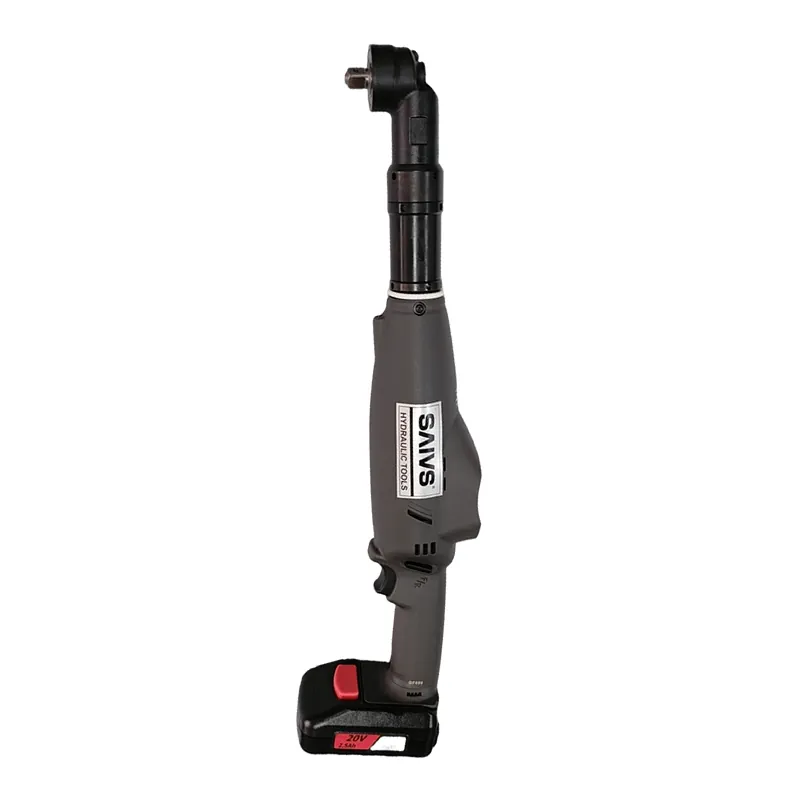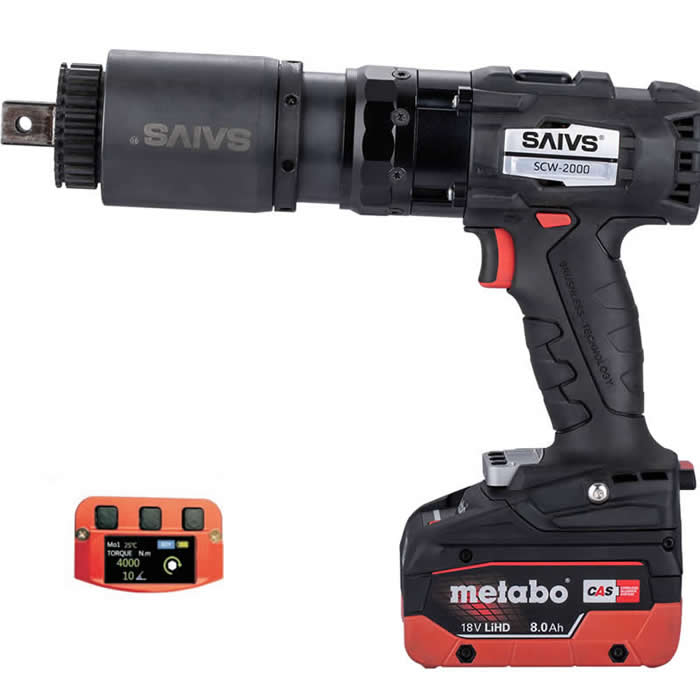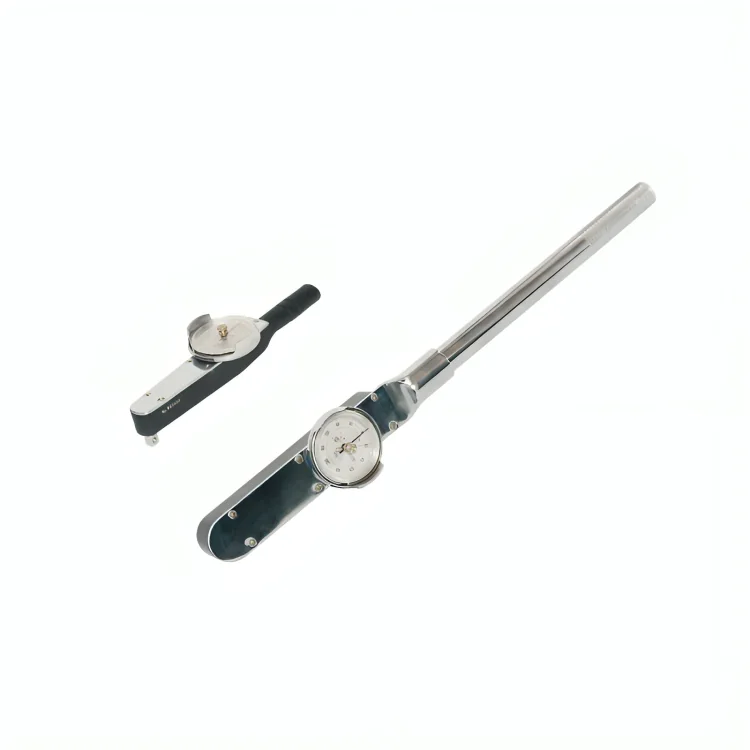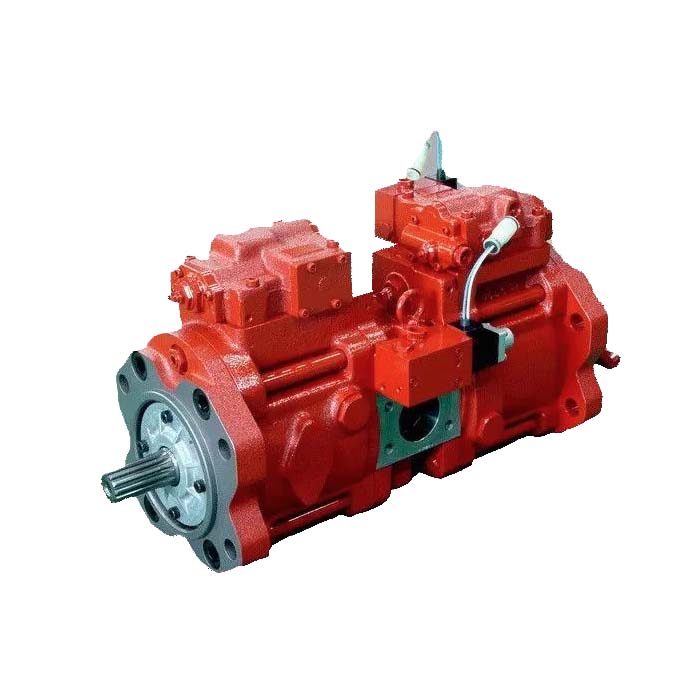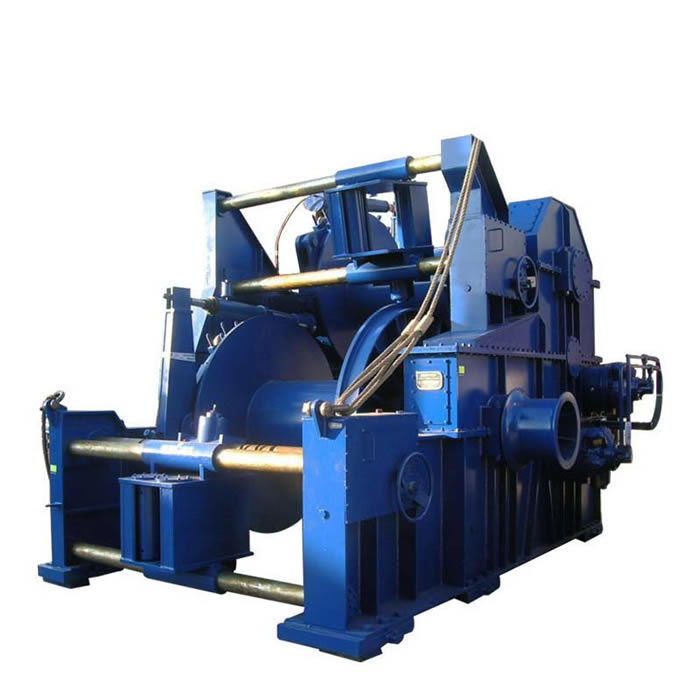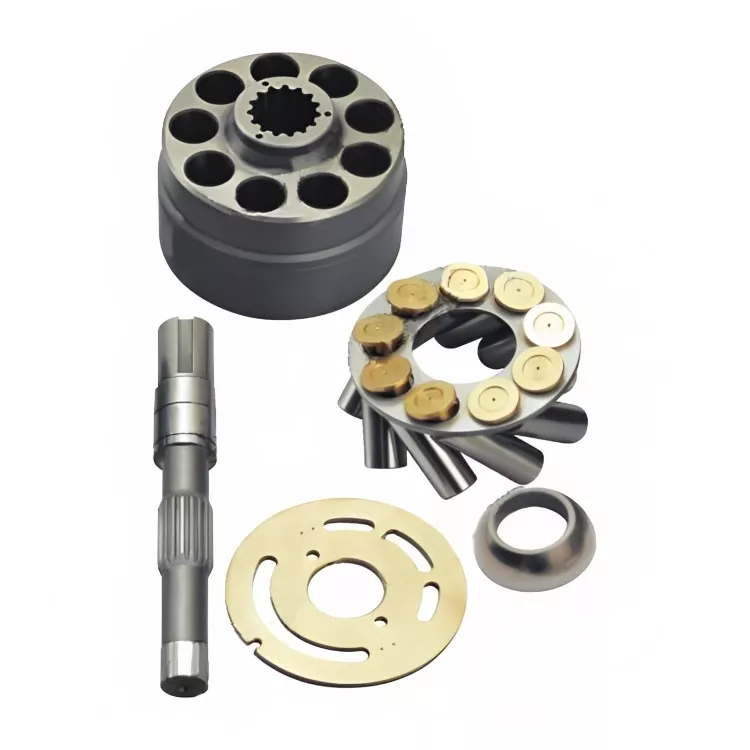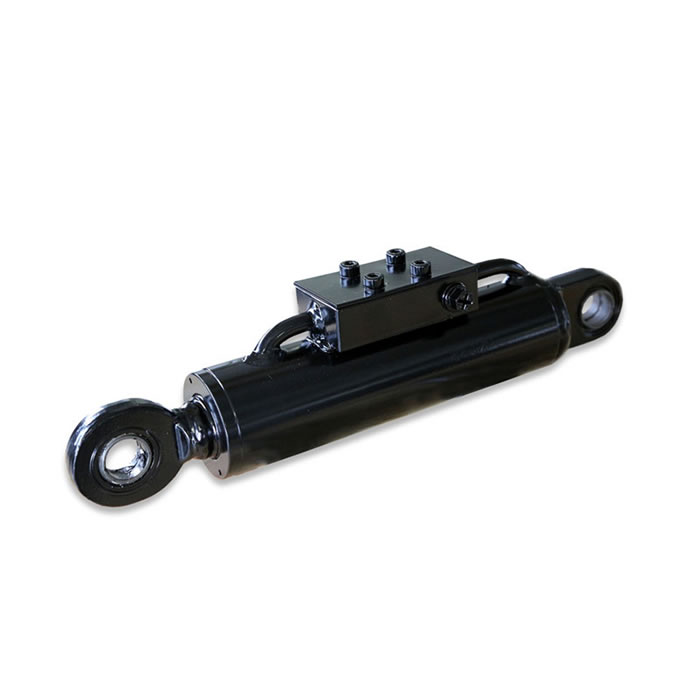How to Use a Battery Torque Wrench Safely and Effectively?
Ever wonder how to get the most out of your battery torque wrench while keeping everyone safe? These tools are awesome—super portable and easy to use. That's why you see them everywhere, from aerospace to mining and manufacturing. But here’s the thing: even though they're easy, using them the right way is a big deal for getting the job done well and staying safe. At Ningbo SAIVS machinery Co., Ltd, we’re all about giving you the best industrial torque and tension tools, and we're here to share our pro tips on how to use and maintain them like a boss.
In this guide, we'll walk you through everything you need to know. We’ll talk about why proper use is so important, cover the safety checks you should always do, show you the right steps to follow, and even give you some maintenance tips. By the end of this, you’ll be a pro, not just using your wrench, but making sure it lasts and keeps your workplace safe.
SCW Series Battery Torque Wrench Gun
Why Bother Using Your Wrench Correctly?
You might think, "It's just a wrench, right?" Not exactly! Using a battery torque wrench correctly is a big deal for a few key reasons:
Hit the Right Torque, Every Time
When you're building something, those bolts need to be tightened to a specific value. If they’re not, the whole thing could be wobbly or even fail. Proper technique ensures you hit that exact torque, which is crucial for structural integrity.
Stop Over-Tightening and Damaging Parts
Over-tightening is a common mistake that can seriously mess up your bolts, nuts, or whatever you're connecting. It can cause them to stretch, deform, or just snap. That's a huge problem in industrial settings. Using your wrench correctly prevents this and protects your equipment.
Stay Safe, Avoid Accidents
Ever had a wrench slip? It can be dangerous. Improper use can cause the wrench to slip or the reaction arm to hit you. Learning the right way to hold and use the tool is the best way to keep yourself and your coworkers out of harm’s way.
Make Your Tool Last Longer
Just like with a car, good habits make your tools last longer. Following best practices keeps your wrench in good shape, so you won’t have to deal with frequent repairs or buying a new one. That saves you money in the long run!
SCW Series Battery Torque Wrench Right Angle Cordless
Safety First: What to Do Before You Start
Before you even think about turning a bolt, take a minute to go through this checklist:
Gear Up with PPE
Always, and we mean always, wear your safety glasses, gloves, and any other gear you need. A little precaution goes a long way.
Check Your Tool
Give your wrench a quick once-over. Look for any damage or signs of wear. Make sure the battery is charged, and the reaction arm is solid.
Get the Right Socket
Use a socket that fits your fastener perfectly. A loose socket can slip and strip the bolt, creating a whole new headache.
Hold It Tight
Get a firm, two-handed grip on the wrench handle and the reaction arm. You need full control, especially when that torque kicks in.
Look Around You
Make sure your workspace is clear. The last thing you want is someone walking into the path of a moving reaction arm.
Ready, Set, Torque: The Right Way to Use Your Wrench
Here’s the step-by-step for a perfect job:
Step 1: Pick the Right Wrench
Make sure your wrench's torque range covers the value you need. We suggest working between 20% and 100% of the wrench's full scale for the best accuracy.
Step 2: Set the Torque Value
Use your manual or engineering specs to set the exact torque you need. This is the most important part!
Step 3: Position the Reaction Arm
The reaction arm needs to be braced against something solid that won’t move. It should be at a right angle to the wrench handle for the best stability.
Step 4: Apply Steady Pressure
Engage the fastener and press the trigger. Apply a smooth, steady pressure. The wrench will let you know when it’s done, usually with a beep, a light, or a click.
Step 5: Don’t Use it Like an Impact Wrench
These are for smooth, continuous tightening, not for hammering away. Using it like an impact wrench can mess up the calibration and make it inaccurate.
Quick Maintenance Tips for a Long-Lasting Tool
A little care goes a long way:
Clean and Lube It
Keep your wrench clean from gunk and grime. Use a recommended lubricant on the moving parts, like the ratchet head and reaction arm pivot.
Store It Properly
When you're done, put it back in its protective case. This prevents damage from drops or getting exposed to dust and moisture.
Calibrate, Calibrate, Calibrate
You should have your wrench calibrated by a pro at least once a year. If you use it a lot, do it more often. Ningbo SAIVS machinery Co., Ltd offers professional calibration services to keep your tools in top shape.
Replace Worn Parts
If you see a part that’s looking a bit tired—like the battery, a socket, or the reaction arm—replace it. It’s better to be safe than sorry.
SCW-R Battery Powered Brushless Torque Wrench with Corner & Angle Mode
What NOT to Do with Your Battery Torque Wrench
Avoid these common mistakes to prevent problems:
Using the Wrong Torque Range
Never use the wrench outside its specified range. It’ll give you inaccurate readings and could damage the tool.
Tightening Moving Fasteners
Always make sure the fastener is still before you start. Trying to tighten something that’s moving is a recipe for a slip and a potential injury.
Using It as a Breaker Bar
This wrench is for tightening, not for loosening stubborn bolts. Grab a dedicated breaker bar for that kind of job.
Getting It Wet
Keep your wrench away from liquids. Water can damage the internal electronics and ruin the tool.
By following these best practices, you’ll be able to use your battery torque wrench to its full potential, ensuring every job is done safely, accurately, and efficiently. At Ningbo SAIVS machinery Co., Ltd, we're here to help you get the most out of your equipment. For more info on our products, services, and calibration solutions, just get in touch!

